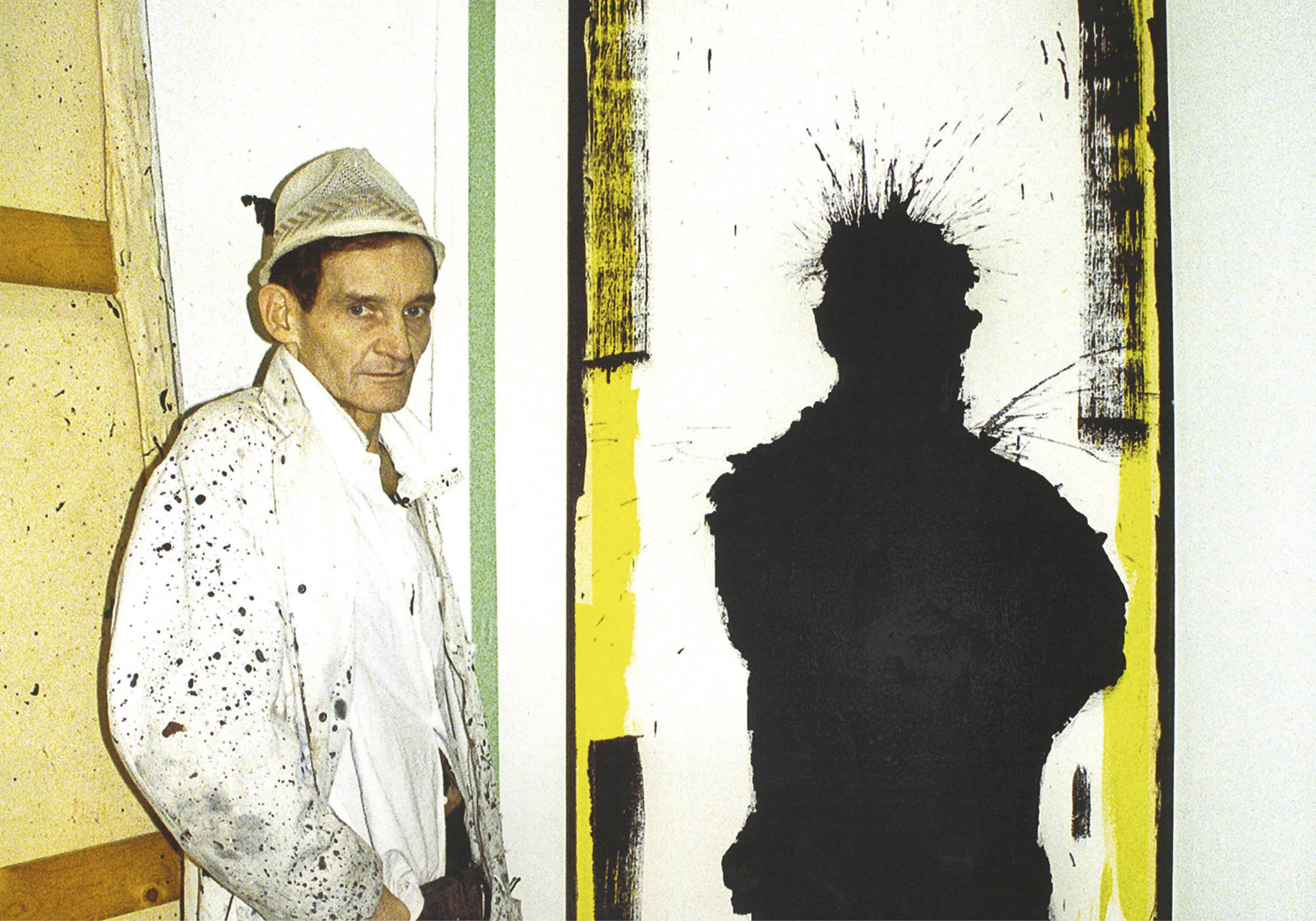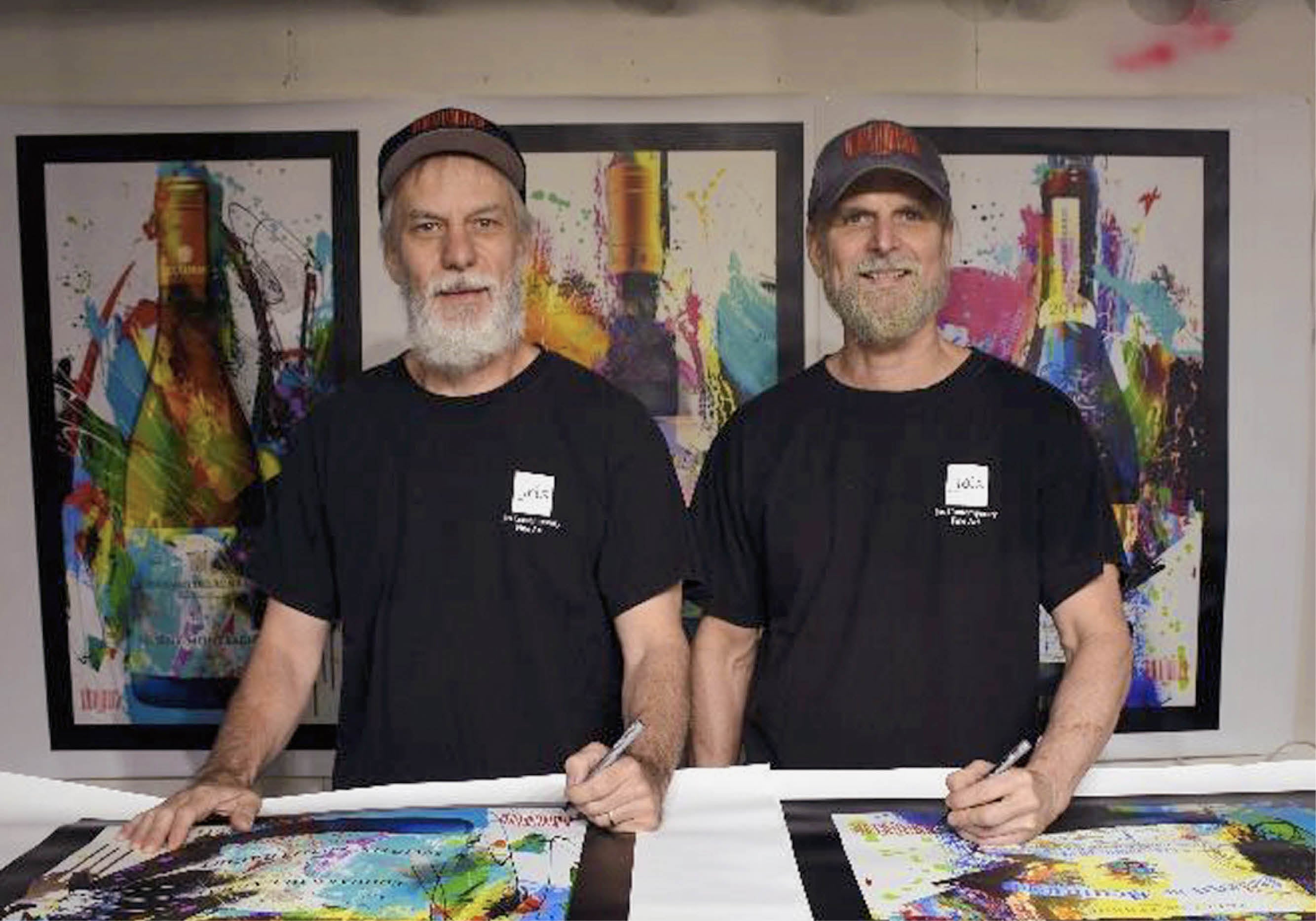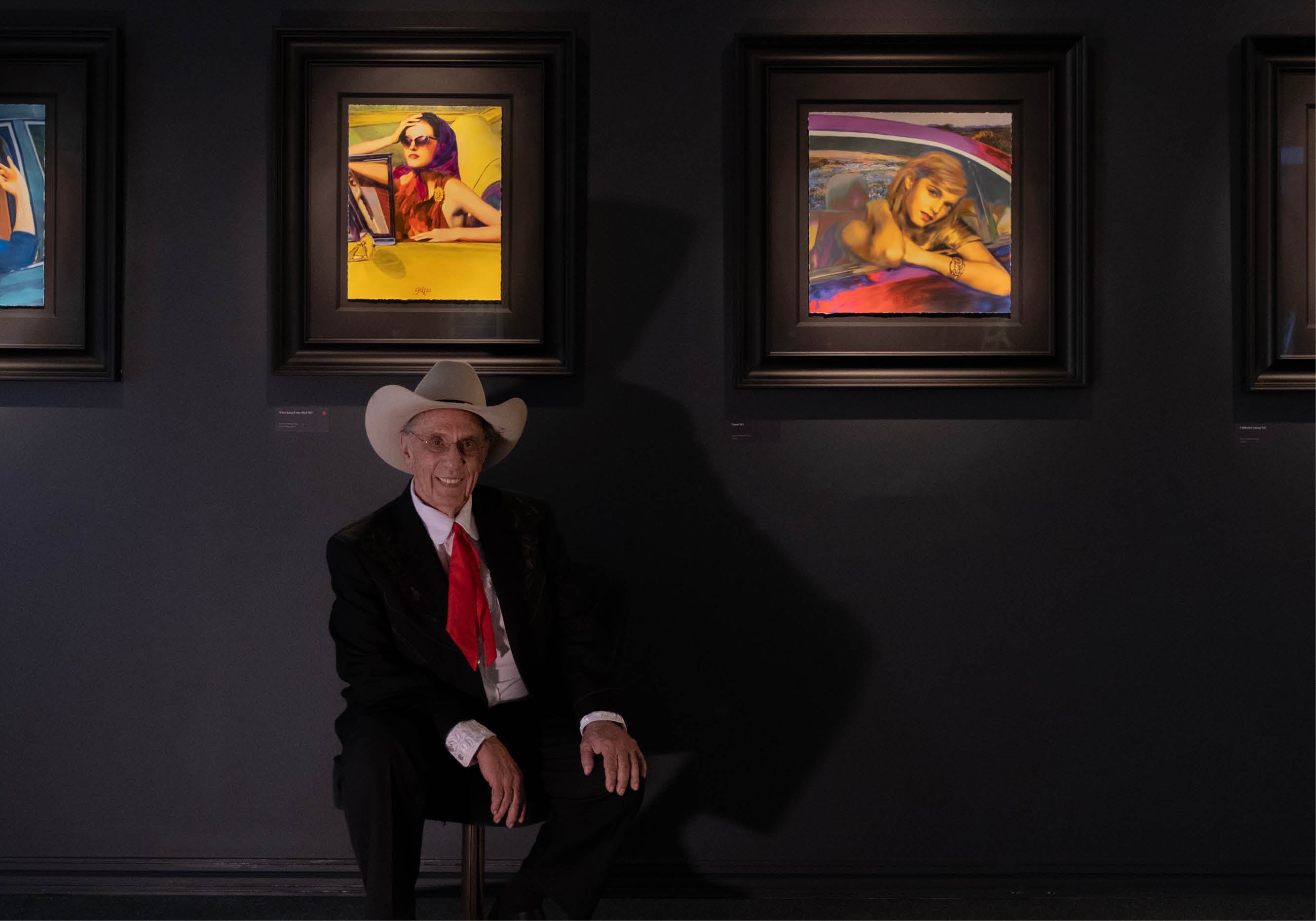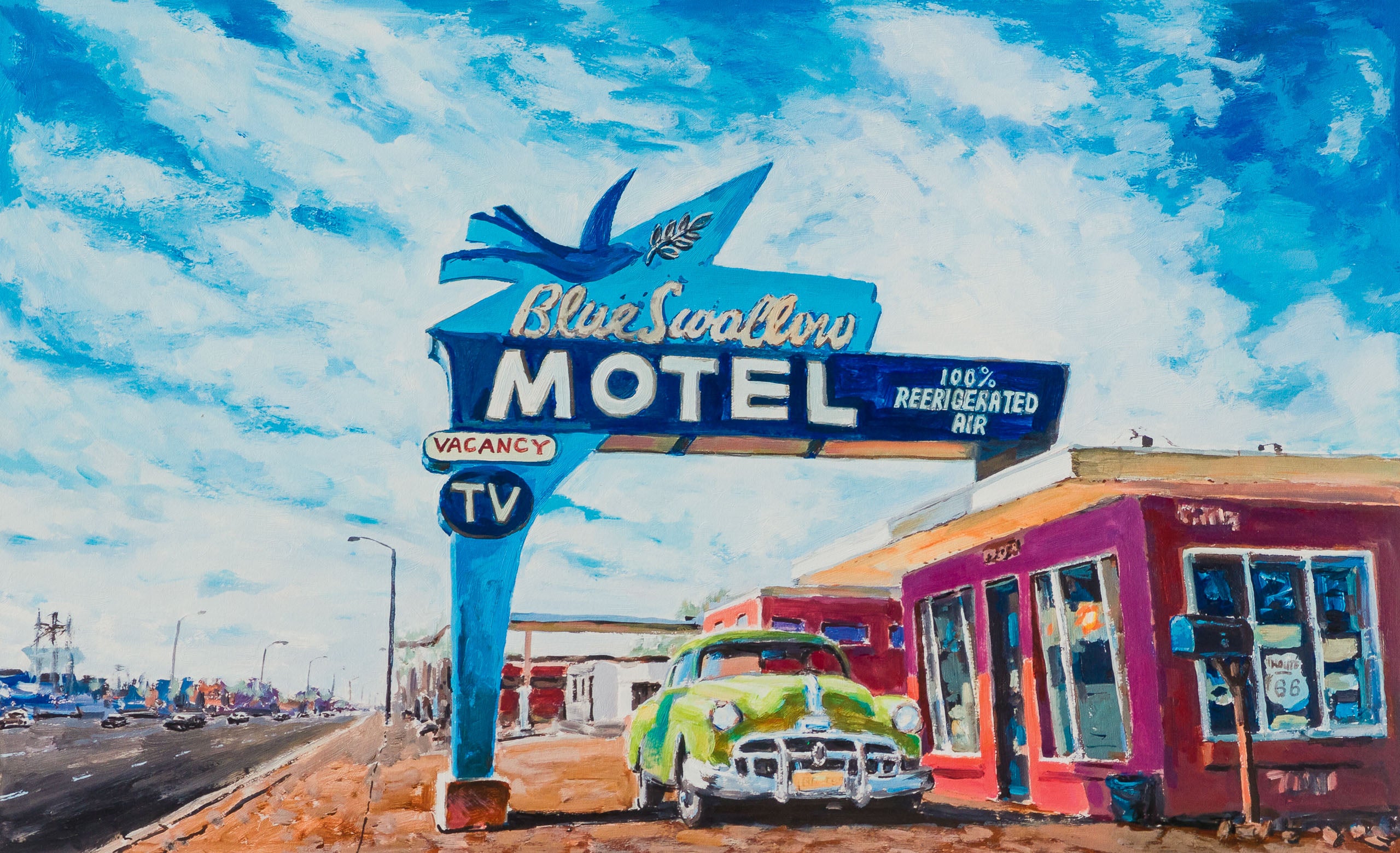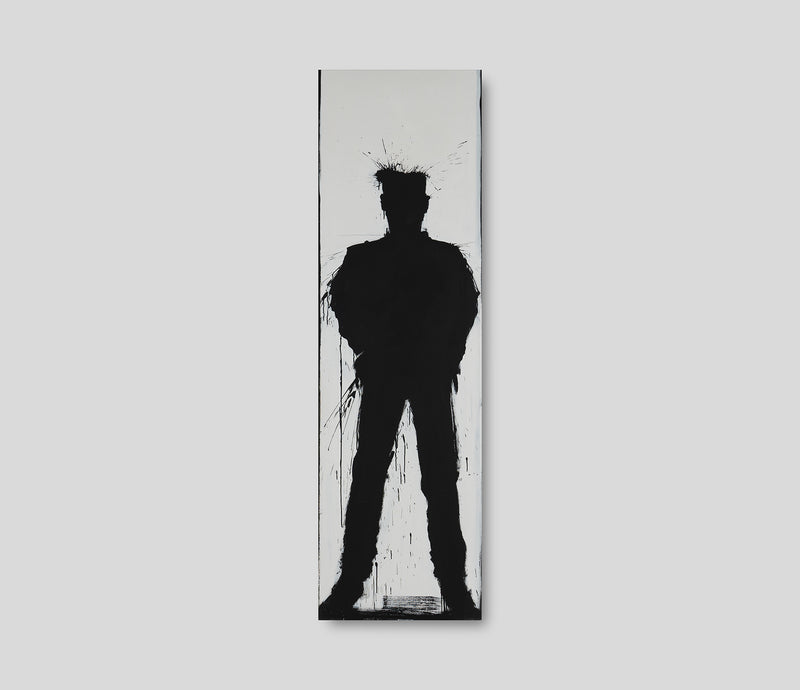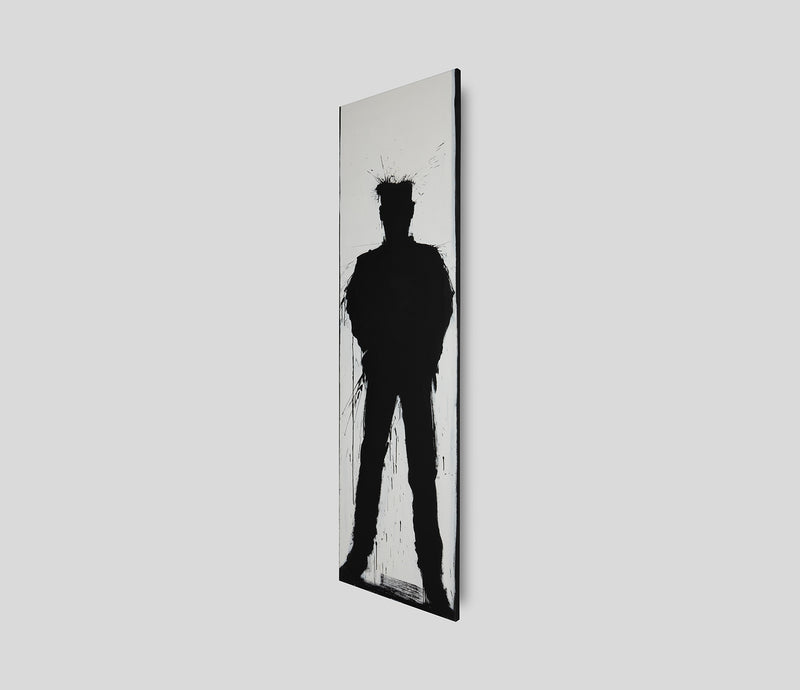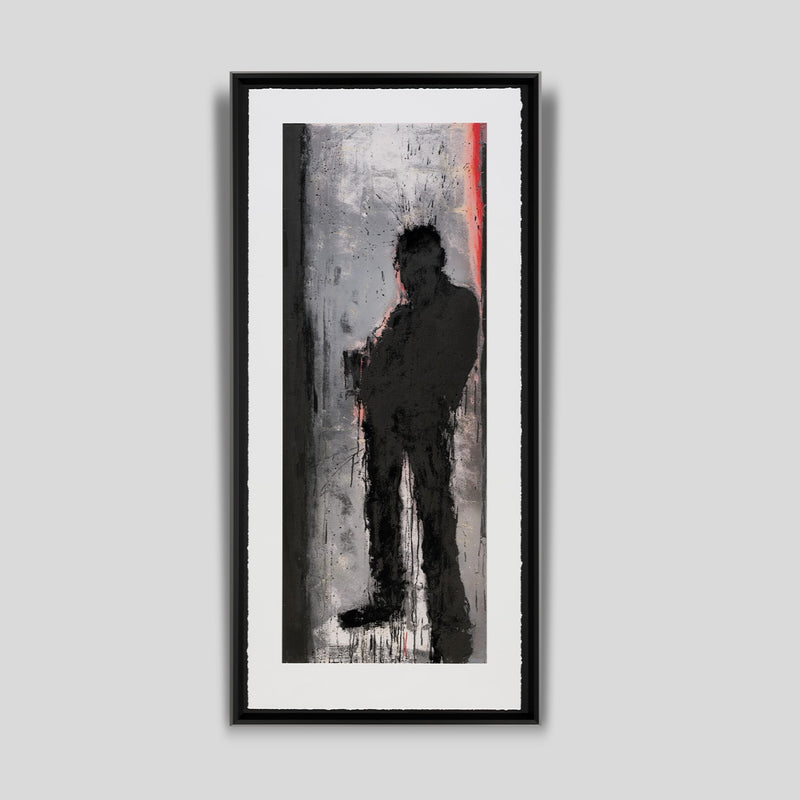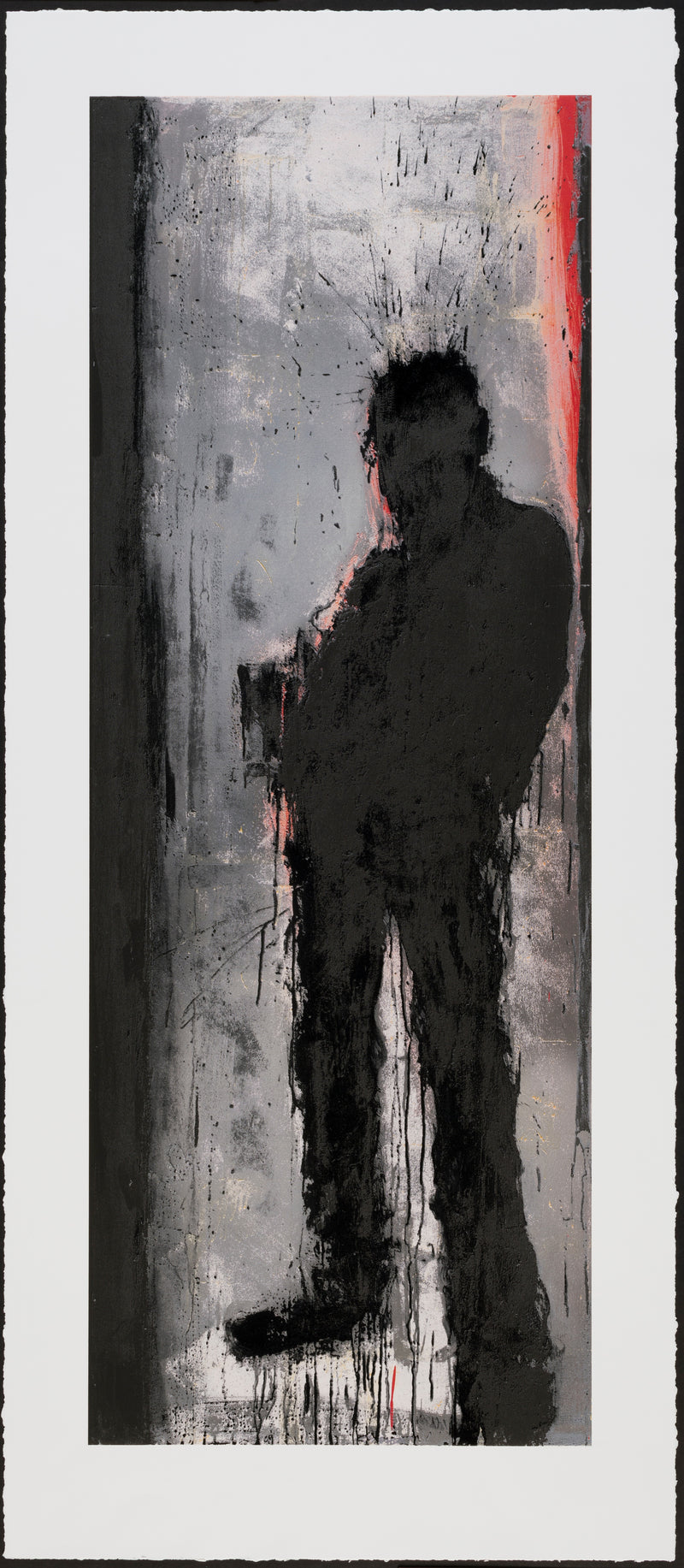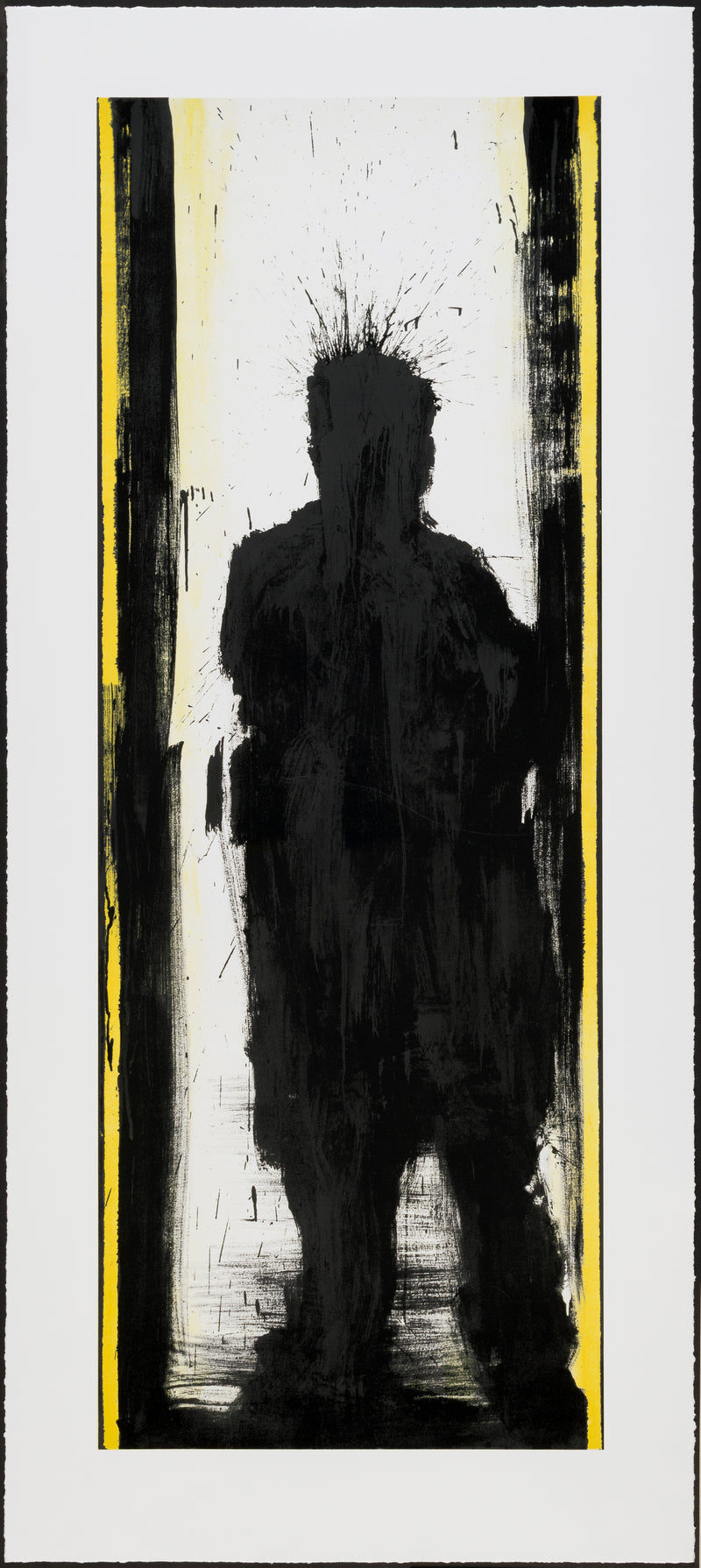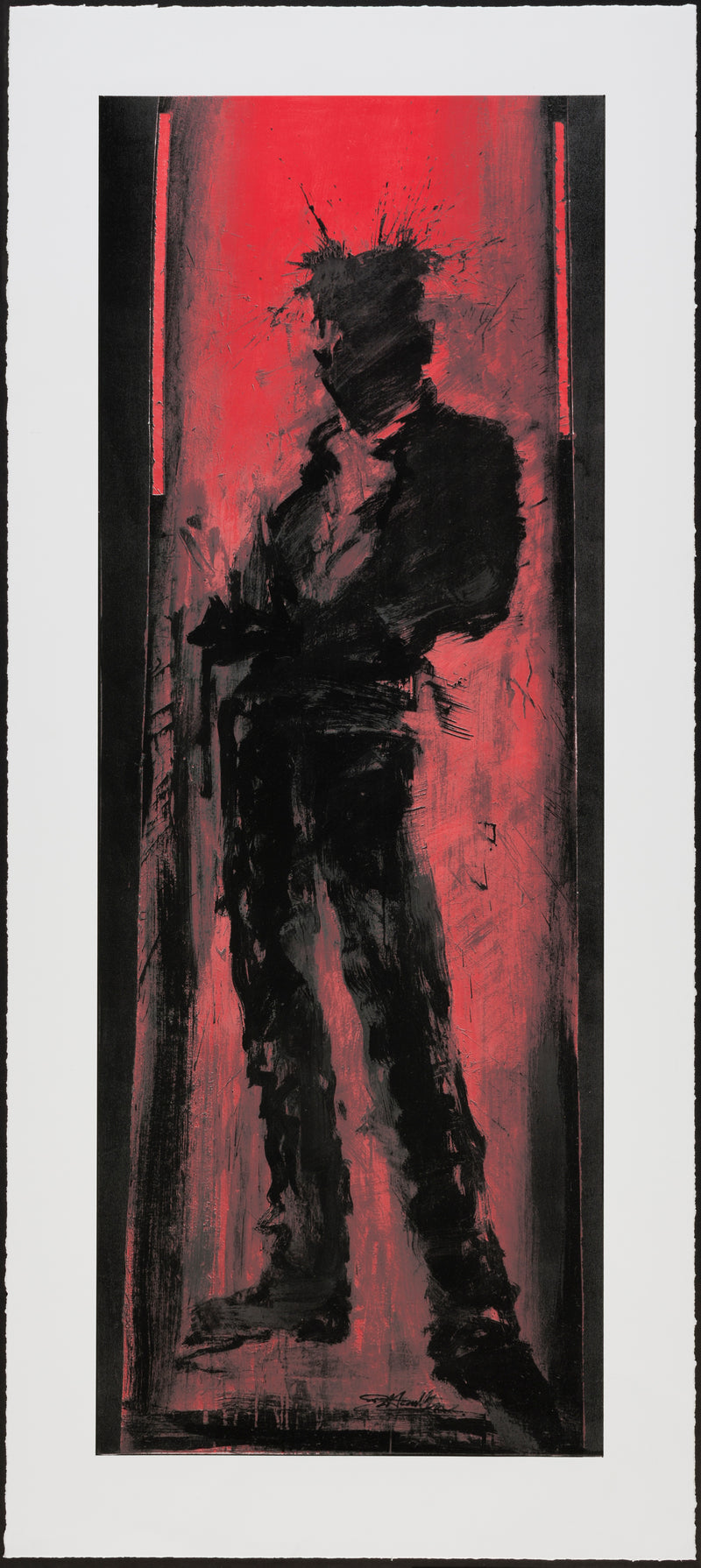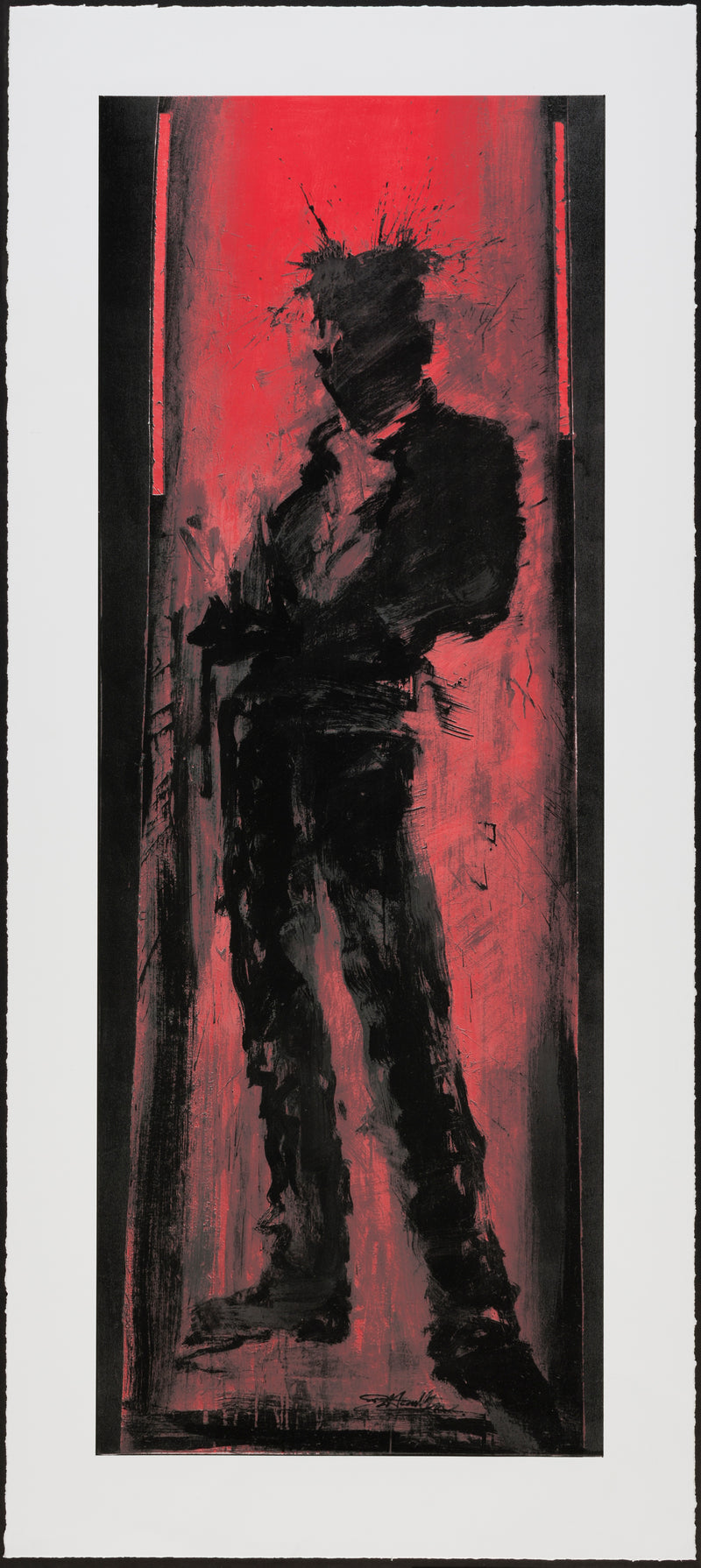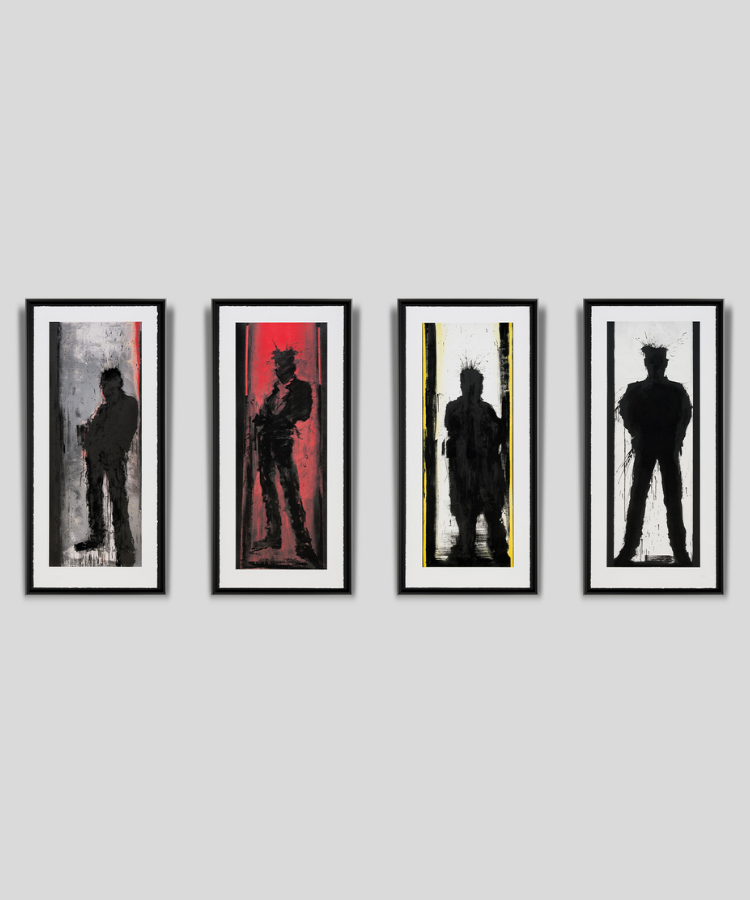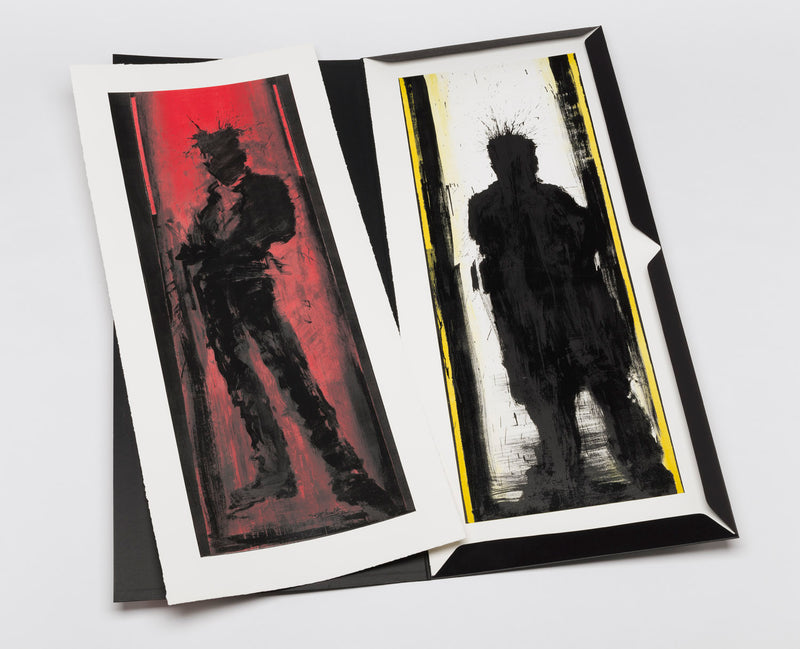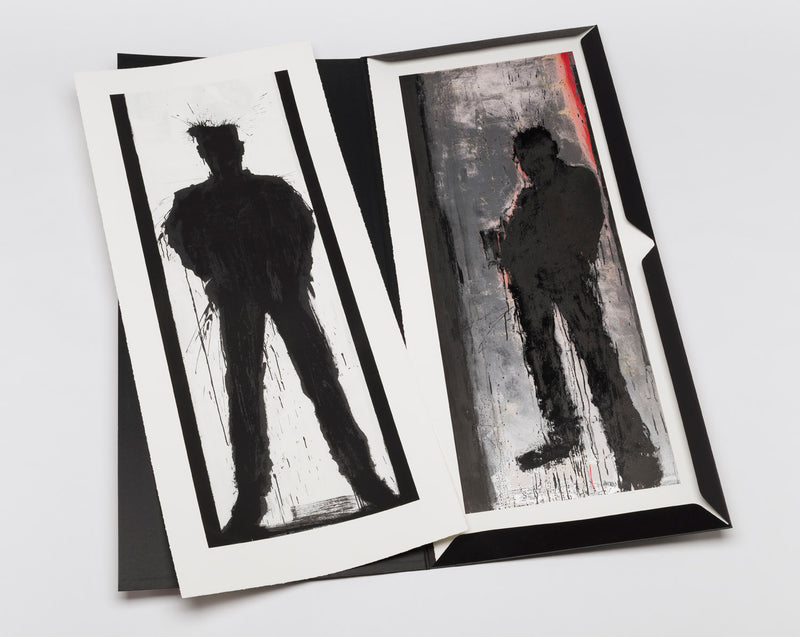Much of what has been written about Richard Hambleton has focused on the artist's early 'public art'. As a conceptual artist, Hambleton produced work using the urban canvas to evoke public reaction and was reputed to be an elusive genius. The original Pop Expressionist, Hambleton's unforgettable images have permeated our collective consciousness for over three decades.
From 1976 to 1979, Hambleton's Image Mass Murder installation was secretly placed onto streets in over 15 cities to mimic the chalk-body outlines and blood-spattered crime scenes 'victims'. Early on, when Hambleton's works were freshly discovered in major cities, they ignited an anxiety-induced phenomenon as people were unaware of the identity of the artist, or indeed the project he had initiated.
Whilst graffiti had long been seen in public spaces, Hambleton was not engaged in random acts, but serious art installations that prompted the general public to observe and accept the fragility of being. The immediate impact of his work gave life to his form of popular expression: a social experiment that began in the early 1980s and would eventually become his 'Shadowman' series. In total, over 600 dark, ominous, shadowy figures were painted in seemingly random and unassuming corners, alleyways and side streets. The powerful blackened 'Shadowman' works, as seen in New York City, London, France and Italy, as well as on the east and west sides of the Berlin Wall, became legendary guardians in a secret mission to disable the emotional stability of our everyday lives.
Hambleton was at the flashpoint of the downtown New York art scene and one of the founding contributors of the burgeoning art community. Along with close friends Keith Haring and Jean-Michel Basquiat, he created a sensation in the early 1980s that remains relevant today. Hambleton's army of shadow silhouettes are potent reminders of the vulnerability and intensity of human life, with the artist commenting: '... what makes them exciting is the power of the viewer's imagination - that split second experience when you see the figures that matter.'
Hambleton left the USA in the mid-80s, having been personally invited to make his mark in Europe and Asia. He was embraced and celebrated along his travels, and, during this time, his 'Shadow' series continued internationally, raising awareness and critical acclaim for the artist, who would soon become known as 'The Shadowman'. Meanwhile, back in the USA, the core circle of artists was changing dramatically, as death came early to Warhol, Basquiat and Haring. Each artist had left behind their signature style, while Hambleton survived, eluding death, to continue his path of creativity.
In the 1990s, Hambleton conceived to evoke another emotion, this time from work he produced in his studio entitled 'The Beautiful Paintings'. Contrasting starkly with his earlier work, they were abstract, colourful and beautiful images, with gold and silver leaf. They appeared to represent seascapes, landscapes, or simply escape in general, and his followers were awed by his seemingly fluid transition to the sublime.
Hambleton did not believe that social recognition is what defines a great artist; therefore, both despite and in spite of the fame that befell many of his peers, he ignored it. He wanted any interpretation of his art to be guided by instinctive reaction. His impetus was to create important and lasting art, not to cultivate followers or sway any critic's opinion of him.
Hambleton has been widely exhibited, both in solo and group shows. His work can be found in the permanent collections of the Checkpoint Charlie Museum (The Mauermuseum - Mauer Haus am Checkpoint Charlie) and The Zellermayer Galerie in Berlin, The Andy Warhol Museum, Austin Museum of Art (now called the Contemporary Austin), Milwaukee Art Museum, New Museum of Contemporary Art, Brooklyn Museum, The Queens Museum, and Harvard University. Hambleton's work was featured in ArtForum Art in America, The International Herald Tribune, The New York Times, Architectural Digest and LIFE magazine, and he was twice chosen to exhibit at the Venice Biennale (in 1984 and 1988).
